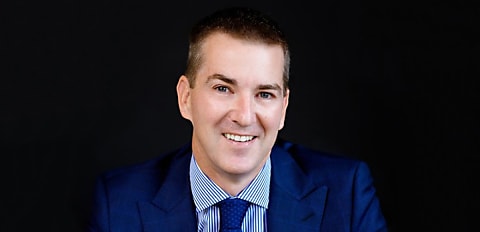In a recent episode of Business Accelerator, host Alex Whitlock sat down with industry expert Jason Back to move beyond foundational efficiency and dive deep into the strategies that directly boost profitability.
The central theme of the discussion was shifting from a reactive business to one built “by design”. This means being intentional about the clients you serve, the processes you use, and the revenue you generate.
Many brokers fall into the trap of measuring success by volume alone. Back challenged this, pointing out that the classic equation of activity x conversion x average loan size misses a critical variable: complexity and time.
“Not all deals are created equal,” Back explained. A broker writing a high volume of incredibly complex deals involving trust structures and multiple properties requires a significant infrastructure to avoid burnout.
The key is to analyse the make-up of your business, the types of deals you do, as this will determine your ideal pathway to profit.
3 key levers to pull for higher profits
The team proposed three logical levers for increasing profitability:
1. Increase average loan size
Larger loans naturally lead to higher commissions, assuming the time invested doesn’t scale disproportionately. The strategy here is to optimise your time with the right clients.
- Niche down: Identify your ideal “customer avatar”. Are they medics, SME owners, tradies, or investors? Research the average loan size, frequency of borrowing, and potential for diversification (e.g. adding asset or commercial finance) within these niches.
- Refine your marketing: Create targeted, “gated” content for your chosen niche to attract higher-value clients.
- Review your database: Analyse your existing clients by revenue per client and create custom communications for your high-value segments.
2. Implement strategic fee for service
For complex, time-consuming files that may not have a commensurate commission, charging a fee is not just about profit – it’s about covering your costs and valuing your expertise.
“Some of the fees aren’t fees that are charged to increase the bottom line, they’re fees to cover the bottom line,” said Back.
This could be an admin fee to process an application to approval in principle (AIP) or a specific fee for SMSF, complex, or small loans.
Back urged brokers to have a conversation with their aggregator to understand what fees they can charge, when, and what the approval process entails.
3. Enhance efficiency by reducing time per file
If you can’t dramatically increase the loan size, you can increase profitability by processing files faster. This involves leveraging technology (digital fact-finds, e-signatures, templates) and, crucially, not treating all clients the same.
“Brokers will treat all their clients the same. So, they’re giving five star, maybe not so efficient service to all their clients. And not all clients are created equal when it comes to profitability,” Back said.
The art of the strategic ‘no’ and the powerful referral
Saying “no” to unprofitable business is a vital skill. Instead of charging an annoying fee, Back suggested a powerful alternative: frame the conversation around referrals.
While accountants and real estate agents are standard referral sources, Back encouraged brokers to think about who talks to lots of people every day.
This could include hairdressers, baristas, personal trainers, chiropractors, physios, osteopaths, and more.
These professionals have long, conversational relationships with a high volume of people and can become powerful advocates.
Know your numbers and double down on sales
To make profitability tangible, Back left brokers with a final, crucial action plan:
- Know your numbers: Create a “balanced scorecard”. Understand cost per lead, conversion rates, and revenue per file from each channel. Double down on what works.
- Audit your time: Ask yourself one simple question: “What’s the total percentage of my time that I spend every week doing sales activities?” Back suggested that up to 40–50 per cent of a broker’s week should be focused on sales, including customer appointments.
- Double down on strengths: Don’t waste energy on areas you have little interest in. You will get a better return on investment by further developing your innate strengths.
By shifting to a mindset of “business by design”, brokers can move beyond simply being busy to being strategically and consistently profitable.
[Related: From failure to fortune: How broker can turn setbacks into success]

